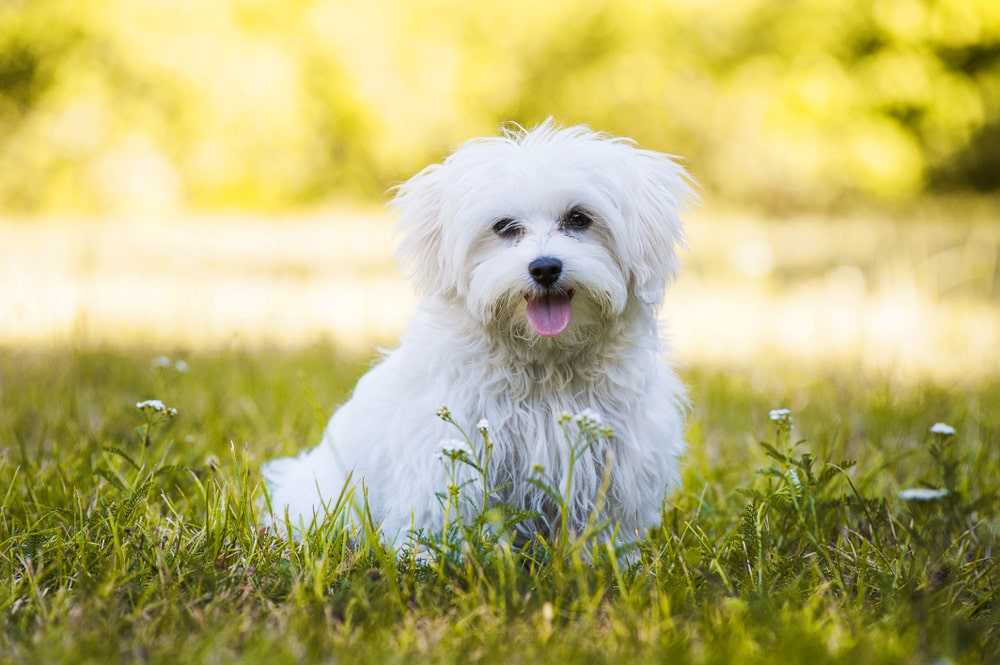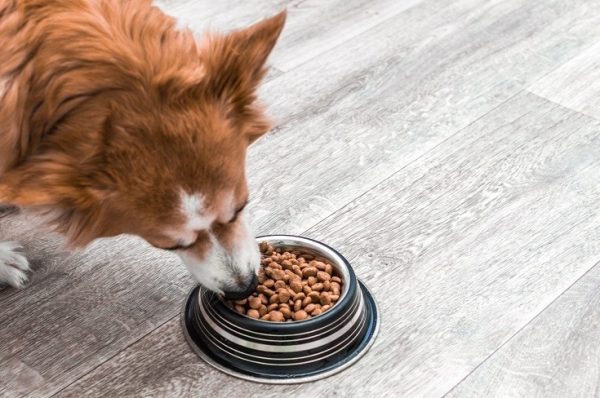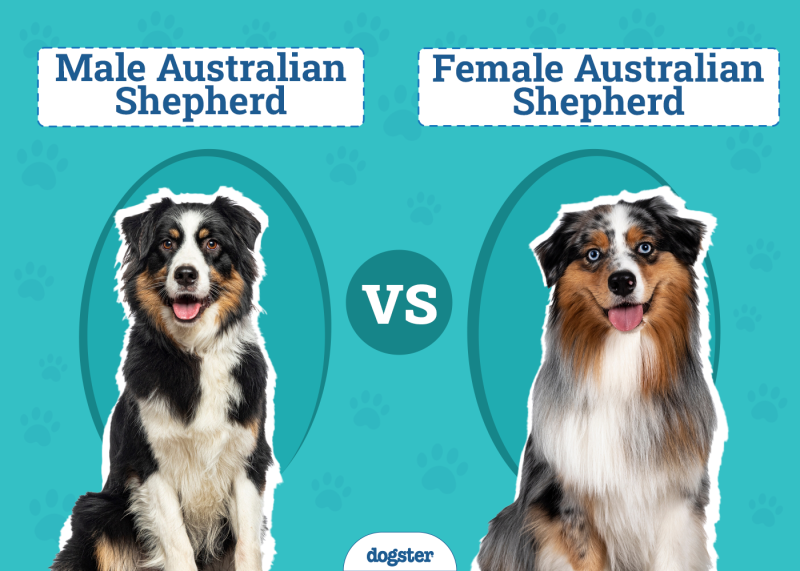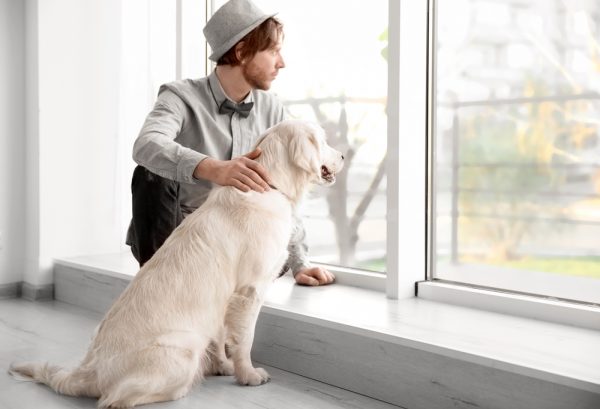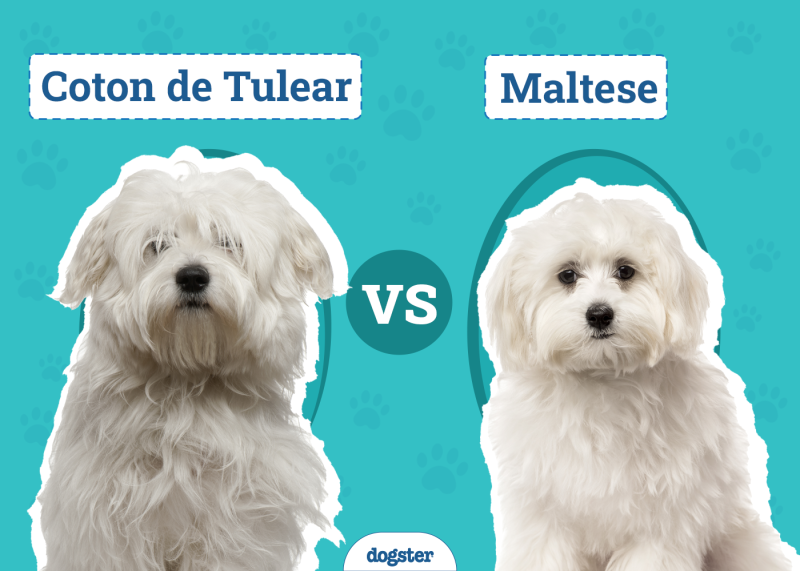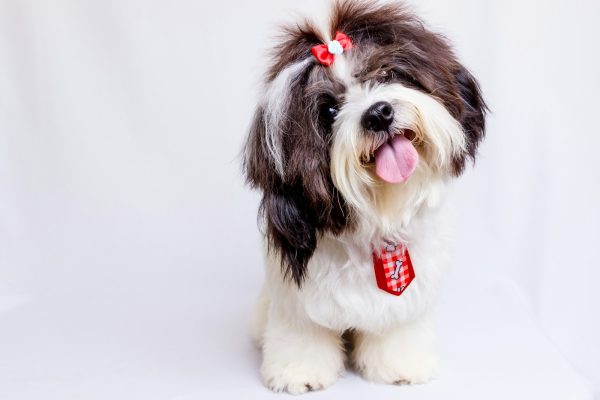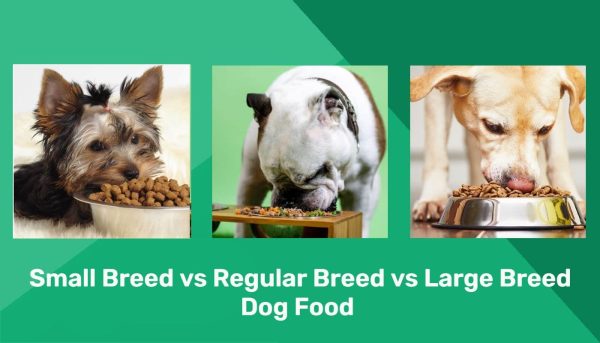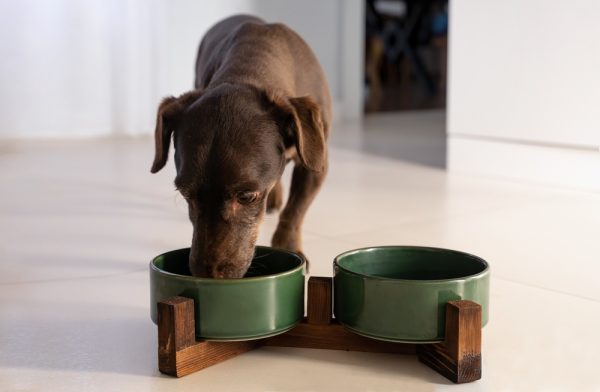In this article
The AKC is the nation’s leader in all things dog related. In its breed popularity list, the ever-popular Maltese ranks #37.1 So, even if you don’t already own a Maltese, you’ve undoubtedly seen their adorable little face around.
Typically, when you see a Maltese, the dog is always snow-white. It’s a trademark of the breed, but there are exceptions, along with growing numbers of hybrids that incorporate the Maltese, leading to new colors.
Let’s break all that down here!

How Did the Breed Start?
The beautiful, elegant Maltese derives from an ancient variety of dwarf dog breeds in Italy. As their name would imply, this dog is associated with the island of Malta, where they originated. They were bred for show and companionship purposes, and they have always been frilly and sassy.
These dogs are directly related to the Bichon Frise, Havanese, and Bolognese breeds, though the exact science of their shared DNA versus their geographical distribution remains unknown.

The Breed Standard
According to the official standards of the AKC, the Maltese is a toy breed with floor-length, bright white, silky fur.2 They cannot traditionally appear black or brown without other breeds’s genetics being mixed in. So, if you see a brown or black Maltese, they are not a purebred.
Here are other characteristics that a purebred Maltese should have:
- Head: Slightly rounded, medium-length skull, eyes are equally set apart with dark round rims, expressions alert and gentle
- Neck: Sufficient length to promote high carriage of the head
- Body: Compact body, topline back, fairly deep chest
- Tail: Curled up the back, with long-haired plume
- Legs and Feet: Fine-boned and feathery legs
- Coat: Single-layer coat; hair laying long and flat; curliness, kinkiness, or wooly textures not desired
- Size: Weight under 7 pounds
- Gait: Jaunty, smooth gait, moving in a straight line motion
- Temperament: Bold, fearless, active, responsive, gentle-mannered

Coat Colors Explained
As far as the AKC breed standard goes, white is the only accepted color, with a few minor exceptions that are not desired. But let’s explain this in more detail.
Classic White Maltese
White is the desired breed standard. Nearly all Maltese are pure white, from their heads to their tails. If you are buying a dog for show, it isn’t acceptable if they have any other color variation.
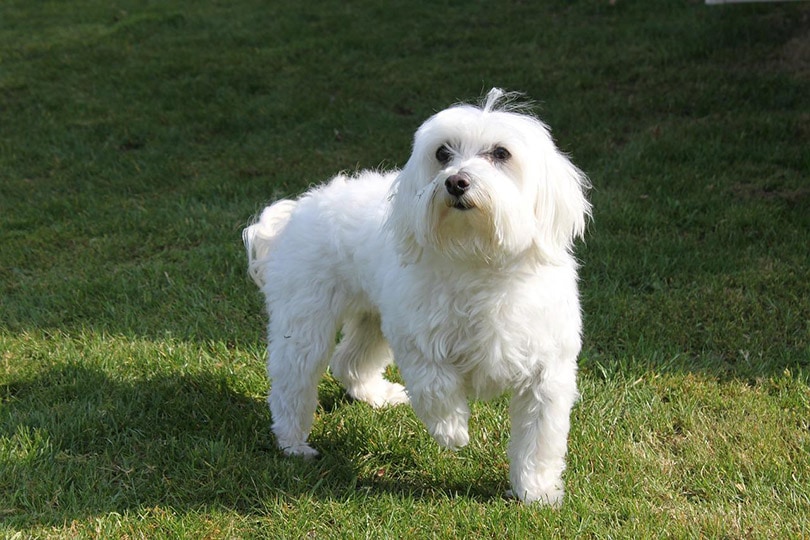
White Maltese With Light Tan/Lemon Ears
Sometimes, Maltese are born with biscuit-colored to yellowish ears. While the AKC doesn’t consider this a desirable quality, they are accepted; and other Kennel Clubs—like Australia, for example—also accept this color variation.
As a Maltese ages, they might also have a “tanning” effect in certain coat parts. Often, this can go away on its own. While very rare, it might also come from deficiencies in the diet.
Additional Colors
Typically, you don’t achieve black or brown color variations unless the Maltese is mixed with another breed. Common examples include the Maltipoo (Maltese + Poodle) or Maltipom (Maltese + Pomeranian).

Factors That Affect Coat Color
Even though your Maltese won’t change color from their beautiful snowy white (except perhaps on the ears), certain factors can alter the color slightly.
1. Tear Staining
If you notice a darkening around your Maltese’s face, it will likely be tear staining. This is the effect of excess tear production and is scientifically referred to as epiphora. They typically appear as red or brown streaks underneath a dog’s eyes. Due to their very light coats, this condition is much more noticeable in Maltese than most other breeds.
There is a theory that tear stains are caused by porphyrins, iron-waste molecules resulting from red blood cell breakdown. They can release through poop but might also excrete through fluid glands, including saliva and tears.
There are many potential solutions for removing tear stains. Be bold and talk to a vet about the best possible solutions for your pup.
Did you know you can speak to a veterinarian without having to travel? Just head over to PangoVet. It's our online service where you can talk to a vet online and get the advice you need for your pet — all at an affordable price!

2. Matting/Discoloration
Mating can cause discoloration in the coat. When the fur binds together, creating knots and tangles, dirt, debris, and other gunk can get trapped in your pet’s coat.
Solutions for discoloration due to matting include regular grooming, frequent brushing, and general coat maintenance.
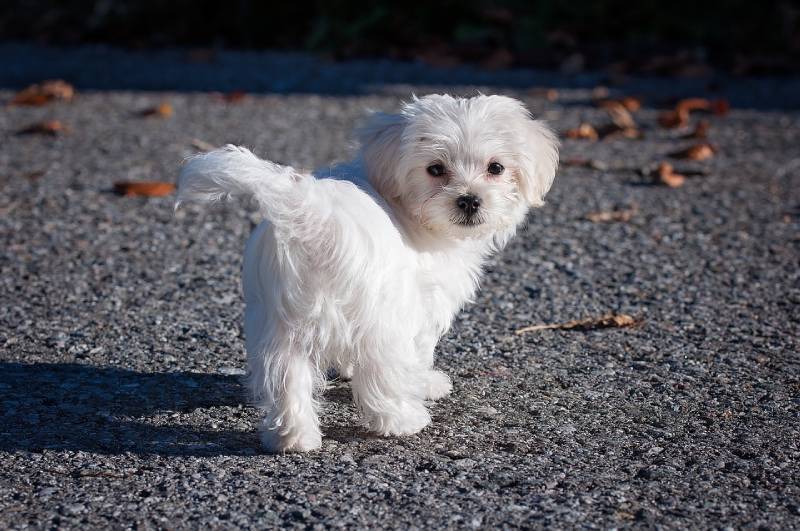

Whitening Shampoos for the Maltese
You can buy whitening shampoos explicitly designed for breeds like the Maltese. Our reviews and top picks of the 10 Best Shampoos for White Dogs are a great source to compar
How to Buy a Maltese From a Breeder
If you see someone selling a black or brown Maltese, you need to be aware that the breeder is not being honest because they do not exist! Before purchasing from any breeder, you have to ask yourself this question: What are the breeding practices of this particular breeder? If you’re buying from a licensed breeder, always ensure that they have vet records, great documentation, and a proper reputation.
Here are buying aspects that should be followed every time you purchase from a reputable breeder.
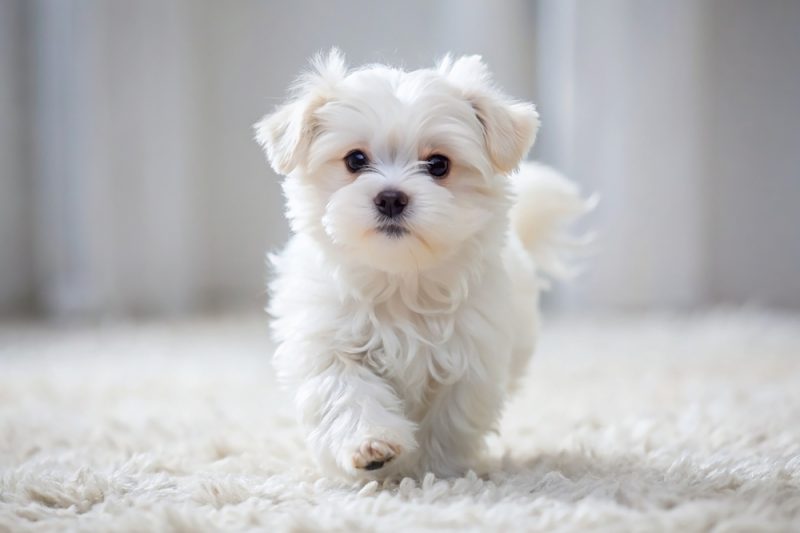
Puppy Contracts
Puppy contracts are legal agreements put in place to protect the dog being sold. When you sign a puppy contract, you agree to the terms and conditions of the purchase with the breeder.
Often, terms include a health guarantee, which assures you that the puppy is in good health at the time of sale. This clause often provides a warranty period during which you can have the puppy examined by a veterinarian. If any congenital or hereditary health issues are detected during this time, the contract may cover offering a replacement puppy, issuing a refund, or covering specific veterinary expenses.
Another common clause in puppy contracts is a spay/neuter agreement, particularly for puppies sold as pets rather than for breeding. This agreement typically requires that you agree to spay or neuter the puppy by a certain age, helping to ensure responsible pet ownership and preventing accidental breeding.
These terms are designed to prioritize the health and well-being of the puppy while setting clear expectations and maintaining the breeder’s standards.
Waiting Lists
If you are looking for a quality Maltese puppy, you may have to get on a waiting list. Responsible breeders only allow their breeding dogs to give birth on a time schedule. So often, there will be long waiting periods in between.
If you have found the person you’d like to buy from, jump on a waiting list for future litters.
Deposits
Deposits are completely commonplace for a reputable breeder. They want to ensure the purchaser is serious about the puppy in question. To secure your place, you’re often asked to put a portion of the total cost for the puppy down before you bring the puppy home.
This practice ensures placement with a new family and protects both the buyer and the breeder. Deposits are often nonrefundable, but that is up to the individual seller.
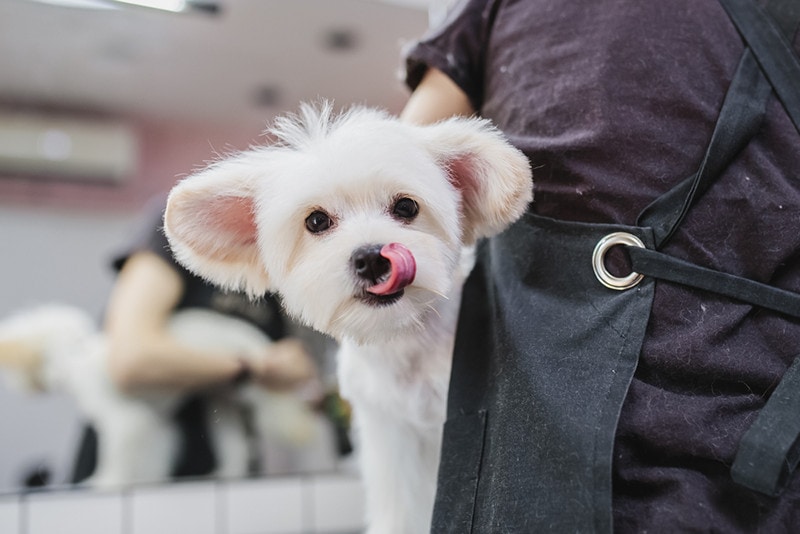
Backyard Breeders
You have to beware of backyard breeders. These are people who breed puppies unethically. They are often in unsavory living conditions and reproduced without proper genetic testing. Here are a few signs of potential backyard breeding:
- They are quick to sell without hesitation.
- They weave around providing proper information and documentation.
- They allow puppies to go to new homes too early (before 8 weeks).
- They sell on sometimes shady websites (Craigslist, eBay, etc.).
- They don’t offer proof of vetting or health guarantees.
- They give no records or papers.
- They have new litters all the time.
If you notice these behaviors, steer completely clear of this breeder. The puppies have a high chance of being temperamentally or physically unsound. As unfortunate as that is for the poor animals, buying into this only contributes to the problem.
Don’t Buy Into Claims of Black or Black Purebred Maltese
As we have gone over in this article, no purebred Maltese is black or brown. If someone is selling one of these dogs, it is likely a hybrid between a Maltese and another breed. If they are claiming that it is a purebred Maltese, do not believe them. This is not genetically possible with this particular breed.
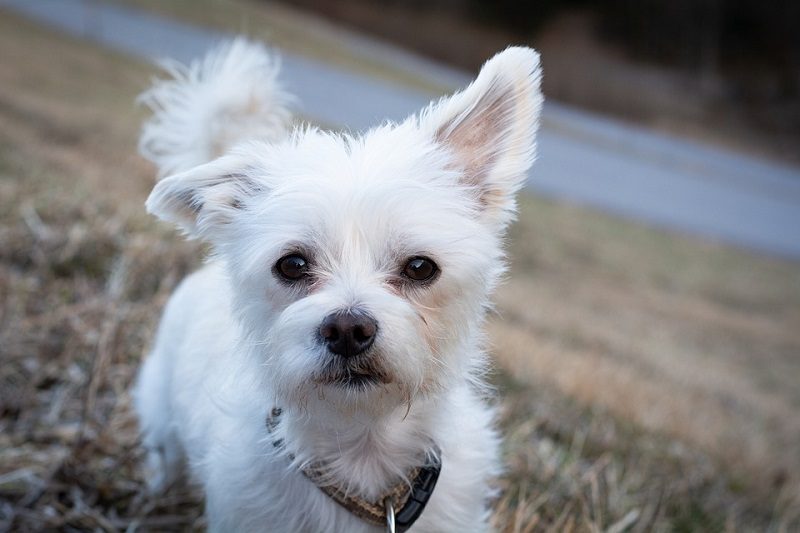

Conclusion
The AKC prefers the Maltese to be completely snow white without curly, frizzy, or fuzzy hair. Their coat should be completely sleek and silky, free of any imperfections. Although lemon and tan markings on the ears sometimes happen, this is not a favorable trait.
Black and brown Maltese purebred dogs don’t exist, and neither do any other color except white. It is entirely false if someone is trying to sell you a non-white Maltese under this pretense. Before you purchase a puppy from any breeder, ensure that proper breeding practices are in place to protect you and your new puppy.
See Also:
Featured Image Credit: Dora Zett, Shutterstock

